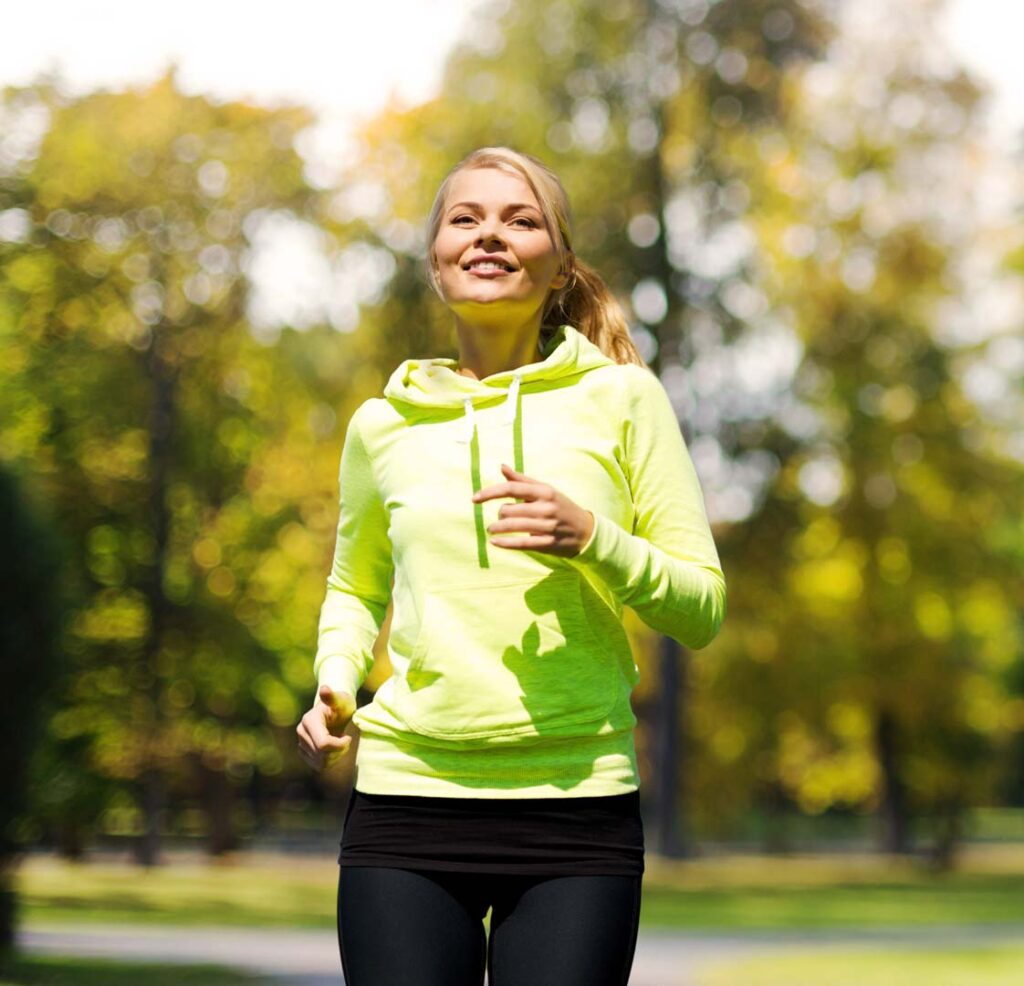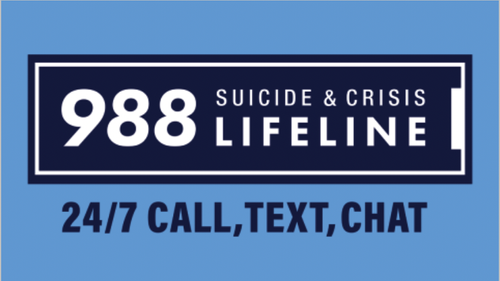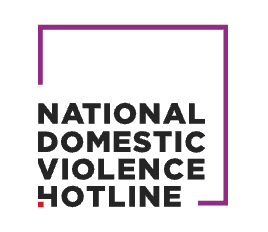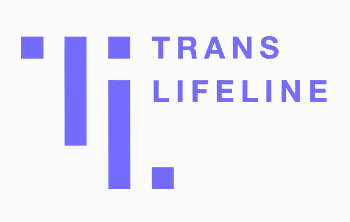Online Treatment for Body Image & Self Esteem
Get Help for Your Body Image & Self Esteem
Improve your quality of life with therapy designed to help you boost your self esteem.

Our Approach to Body Image Therapy
How We Treat Body Image & Self Esteem
Body image issues refer to negative perceptions, thoughts, and feelings about one’s own body. It’s important to seek help and support if you are experiencing body image concerns. Consulting with a mental health professional, such as a therapist or counselor specializing in body image issues or eating disorders, can provide the guidance and tools to address and overcome these challenges.

Body Image Therapy Strategies
Therapy for Body Image & Self Esteem
Body image concerns can be influenced by various factors, including societal ideals, media representations, personal experiences, and individual characteristics. At Bridges Therapy our qualified mental health professionals can provide personalized guidance and assistance in developing coping strategies and promoting body acceptance.
Our Approach to Body Image & Self Esteem Therapy
Cognitive-Behavioral Therapy (CBT)
CBT is an evidence-based approach that focuses on identifying and challenging negative thoughts and beliefs related to body image. It helps individuals develop healthier and more balanced ways of thinking, leading to improved body acceptance and self-esteem.
Acceptance and Commitment Therapy (ACT)
ACT encourages individuals to accept their thoughts and feelings about their bodies without judgment while committing to actions aligned with their values. It helps individuals develop a more compassionate and accepting attitude toward their bodies, while focusing on overall well-being and pursuing meaningful goals.
Body Positive and Health at Every Size (HAES) Approaches
These approaches emphasize self-acceptance, body diversity, and the importance of adopting healthy behaviors rather than pursuing specific body ideals. They promote body neutrality, body respect, and body autonomy, shifting the focus from appearance to overall well-being.
Mindfulness and Body Awareness
Practicing mindfulness can help individuals become more attuned to their bodies and develop a non-judgmental awareness of bodily sensations and emotions. This can help reduce negative body image by fostering a more compassionate and accepting relationship with one’s own body.
Social Support and Therapy Groups
Engaging in support groups or group therapy specifically focused on body image issues can provide a safe space for individuals to share experiences, receive validation, and learn from others. Group settings can offer a sense of community, support, and normalization of body image concerns.
Media Literacy and Body Positive Content Consumption
Developing media literacy skills and critically examining the messages portrayed in media can help individuals challenge unrealistic body ideals and reduce the negative impact of media on body image. Curating a media diet that includes diverse and body-positive content can also be helpful.
Meet Our Clinicians
Client FAQs
Frequently Asked Questions
What is the primary cause of low self esteem?
Low self-esteem can be influenced by various factors, and it is often the result of a combination of experiences and internal beliefs. Here are some common causes or contributing factors to low self-esteem:
Childhood Experiences: Early experiences, especially during childhood, can significantly shape self-esteem. Factors such as parental criticism, neglect, abuse, inconsistent or conditional love, bullying, or being constantly compared to others can have a negative impact on self-perception and contribute to low self-esteem later in life.
Negative Social Comparisons: Comparing oneself unfavorably to others can erode self-esteem. Constantly measuring one’s worth based on external standards or societal ideals, and feeling like one falls short, can contribute to feelings of inadequacy and low self-esteem.
Perfectionism and Unrealistic Expectations: Setting unrealistically high standards for oneself and striving for perfection can be a significant factor in low self-esteem. When individuals feel they constantly fall short of their own or others’ expectations, they may perceive themselves as inadequate or failures, leading to a negative self-image.
Critical Inner Voice: A persistent internal dialogue of self-criticism, self-blame, or self-judgment can significantly impact self-esteem. Negative self-talk and an overly harsh inner critic can undermine confidence and self-worth.
Traumatic Experiences: Traumatic events such as abuse, violence, loss, or significant life changes can have a lasting impact on self-esteem. Trauma can disrupt one’s sense of safety, control, and self-identity, leading to feelings of powerlessness and low self-esteem.
Social Factors and Stigma: Negative societal messages, discrimination, stigma, or marginalization based on factors such as gender, race, sexual orientation, body size, or disabilities can contribute to low self-esteem. Experiencing societal bias or feeling like an outsider can impact self-perception and self-worth.
Lack of Positive Validation: Insufficient positive reinforcement or affirmation from significant others, such as parents, caregivers, or peers, can undermine self-esteem. Without consistent recognition of one’s strengths, abilities, and accomplishments, individuals may struggle to develop a healthy sense of self-worth.
Media Influence: Media, including social media, can perpetuate unrealistic beauty standards, compare individuals to idealized images, and promote a culture of comparison. Constant exposure to these messages can contribute to negative body image and low self-esteem.
What is the primary cause of body image disorders?
Body image issues can have multiple causes, and it’s important to note that they are often complex and influenced by various factors. However, societal factors and cultural influences are often considered primary contributors to body image issues. Here are some key factors that play a significant role in shaping body image concerns:
Media Influence: Media, including advertising, movies, television shows, magazines, and social media platforms, often present idealized and unrealistic body standards. Constant exposure to these images can lead individuals to compare themselves to these unrealistic ideals, resulting in feelings of inadequacy and dissatisfaction with their own bodies.
Societal Pressure: Societal norms and cultural expectations play a significant role in shaping body image. Pressure to conform to a specific body size, shape, or appearance can be exerted through social interactions, peer groups, and even family or community values. These pressures can contribute to individuals internalizing unrealistic beauty standards and feeling a need to meet those standards to be accepted or valued.
Weight Bias and Stigma: Weight bias, discrimination, and stigma based on body size can have a detrimental impact on body image. Negative stereotypes associated with certain body sizes or shapes can lead to internalized shame, lower self-esteem, and body dissatisfaction.
Gender Expectations: Gender expectations can also influence body image. For example, societal pressure for women to conform to narrow beauty ideals, such as being slim with specific features, can contribute to body dissatisfaction. Similarly, men may face pressure to have a muscular and lean physique. These gender expectations can lead to body image concerns for individuals who do not fit or cannot meet these ideals.
Family and Peer Influences: Family and peer environments can shape body image beliefs and attitudes. Negative comments, comparisons, or behaviors related to body size or appearance within these social circles can impact an individual’s perception of their own body and contribute to body image issues.
It’s important to recognize that while societal factors and cultural influences play a significant role, individuals’ experiences and personal characteristics also interact with these influences. Some individuals may be more resilient to societal pressures, while others may be more susceptible to developing body image concerns.
Addressing body image issues often involves challenging societal norms, promoting body acceptance and diversity, cultivating self-compassion, and developing a healthier relationship with one’s own body. Support from mental health professionals, body-positive communities, and education on media literacy can also be valuable in navigating and challenging societal influences on body image.
How common are body image disorders?
Body image issues are relatively common in the United States and can affect individuals across various age groups, genders, and backgrounds. Here are some statistics that provide insight into the prevalence of body image concerns in the USA:
Body Dissatisfaction: According to a survey conducted by the National Eating Disorders Association (NEDA), 80% of women in the USA report being dissatisfied with their bodies.
Adolescents: Body image concerns often emerge during adolescence. The National Eating Disorders Association reports that approximately 40-60% of adolescent girls and 20-30% of adolescent boys have engaged in unhealthy weight control behaviors.
Eating Disorders: Eating disorders, which are often linked to body image issues, affect a significant number of individuals in the USA. The National Eating Disorders Association estimates that 20 million women and 10 million men in the country will experience an eating disorder at some point in their lives.
Media Influence: The media plays a substantial role in shaping body image concerns. Research suggests that exposure to thin-ideal media can contribute to body dissatisfaction and negative body image among both women and men.
Intersectional Factors: Body image concerns can intersect with other social identities, such as race, ethnicity, sexual orientation, and gender identity. Research indicates that individuals who identify as racial or ethnic minorities, LGBTQ+, or have diverse gender identities may experience additional challenges and unique body image concerns.
It’s important to note that these statistics provide a general understanding of body image issues in the USA, but the prevalence can vary among different populations and communities. Additionally, body image concerns exist on a spectrum, ranging from mild dissatisfaction to severe body dysmorphia or eating disorders.
Addressing body image concerns requires a multifaceted approach, including promoting body acceptance, challenging societal beauty ideals, and providing support and resources for individuals to develop a healthy relationship with their bodies.
How common is low self esteem?
Global Estimates: According to a study published in the Journal of Personality and Social Psychology, researchers analyzed self-esteem data from 48 countries and found that, on average, 70% of people worldwide have low self-esteem.
Adolescents: Adolescence is a period where self-esteem can be particularly vulnerable. The National Association of School Psychologists reports that approximately 20-30% of adolescents experience significant self-esteem issues.
Gender Differences: Research suggests that self-esteem levels can vary by gender. In general, studies have shown that men tend to have slightly higher self-esteem than women. However, it’s important to note that self-esteem is a complex construct influenced by various factors and can vary among individuals.
Age: Self-esteem can fluctuate throughout different life stages. Some studies suggest that self-esteem tends to be highest in early adulthood, declines in middle adulthood, and then tends to increase again later in life.
Impact of Social Media: The rise of social media has also had an impact on self-esteem. Research indicates that excessive use of social media, particularly platforms that emphasize appearance and comparison, can contribute to lower self-esteem and feelings of inadequacy.
It’s important to remember that self-esteem can be influenced by a wide range of factors, including personal experiences, relationships, societal influences, and individual characteristics. While low self-esteem is relatively common, it doesn’t mean that it is inevitable or permanent. Taking steps to enhance self-esteem, such as seeking support, engaging in self-care, challenging negative self-talk, and cultivating self-compassion, can be beneficial in improving overall self-perception and well-being.
Client Reviews
My therapist Olivia has been amazing.
”I very much appreciated the sense of urgency and attitude that was given to me during my intake process
”Even though the intake process was via email, it was easy because of the clarification. The directions were clear in what information I needed to provide.
”I like that Laura & Anne were available when we called & answered our calls right away!
”I am very satisfied with the Client Care Department! In the very beginning when I needed it most they were very helpful, understanding and empathetic to my needs.
”My therapist is amazing and I couldn’t imagine working with anyone else each week.
”





























